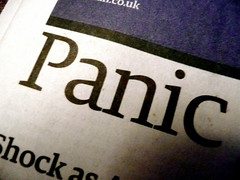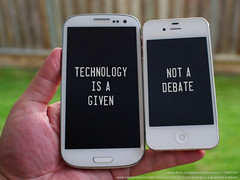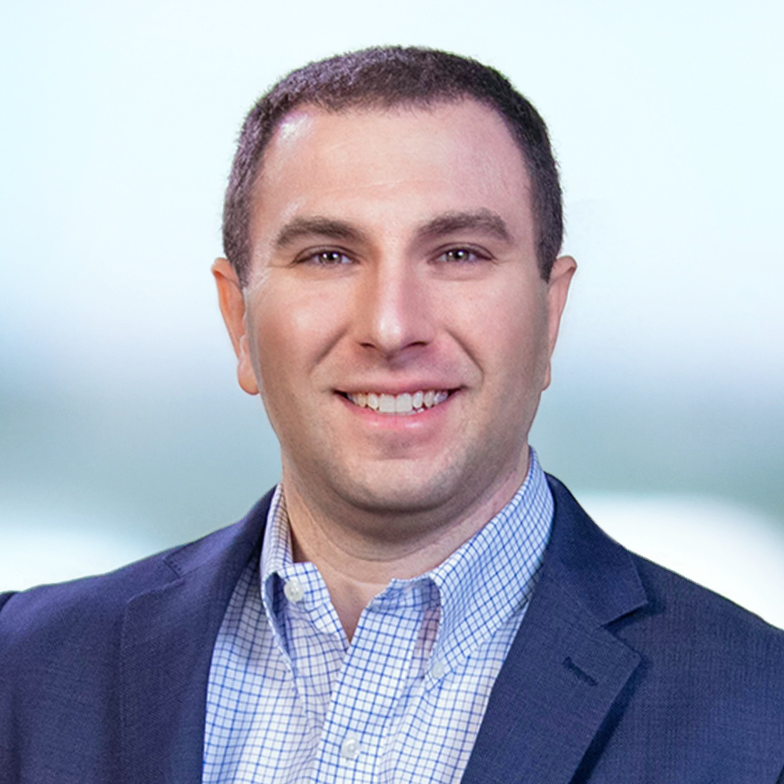Disaster 3.0 Research: Outlining the Future
/In about one week I officially start my PhD Program in Disaster Management. I am excited, scared and overwhelmed all at the same time. But overall I am excited to give back to the disaster community in this unique way. When going through a PhD program, one's goal is generally to improve the condition of the studied community through rigorous research and meaningful findings. In essence, while others contribute by providing leadership, innovating, and managing programs, etc., the PhD contributes through research. Of course, there is always overlap. In fact, I am most excited about the overlap.
However, because disaster management is a rapidly evolving field that is highly complex and interdisciplinary, research possibilities are seemingly endless. Where do I even begin? The good news is that I have started to narrow down my focus area to how technology is impacting the way we manage disasters. I want to explore organizational and social behaviors that are changing as a result of technology as well as how we adopt and implement new technologies into our existing environment. Ultimately, I believe technology has the power to improve disaster management and resilience...we just need better research and case studies (in addition to other initiatives) to put it all in better context.
Unfortunately, I am only human and my so-called "narrowed" focus area is really not that narrow. I cannot research all the sub-topics that fall into this heading. So I want to put this out to the world, what are the most pressing research topics for you or your community or organization? What is priority number one to get a handle on so we can better adapt to our changing environment? I want to be as applied as possible in my research as I cross-cut the policy, management and technology domains within the field.
Here are some topics I have toyed around with that may pique your interest and spur additional thoughts...
- Education of the next (or current) emergency manager: competencies and knowledge
- Enabling disruptive innovation in disaster management: From Concept to Maturity
- The decentralized and social capital infused future: Implications for future disaster management
- Developing complex adaptive systems in a complex and adaptive world: Getting ahead of the curve
- Disaster management in the next decade: Requirements for a healthy technology-based ecosystem
- Data, information & decision Making: Where are we and where do we need to be?
- From monitoring to action: Building the Roadmap for Success
- Big Data & Open Data: Improving disaster management byte by byte
These are by no means an exhaustive list of my interests. They expand well beyond these, especially as I am continually inspired by so many people and initiatives including Patrick Meier and Beth Noveck at the GovLab (#Gov30 - Governance 3.0).
So as I embark on this journey, I ask the following of you...
- What are the most pressing research topics for you or your community or organization?
- What is priority number one to get a handle on so we can better adapt to our changing environment?
Reply in the comments. Start at #Disaster30 discussion on Twitter/Facebook/LinkedIn, etc. I am all ears.


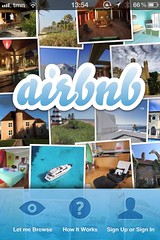

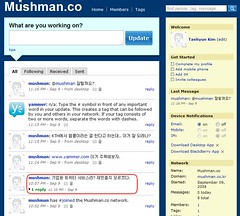
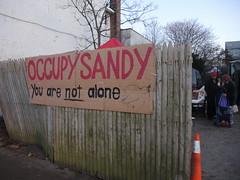
 As I reflect on the past month in my
As I reflect on the past month in my 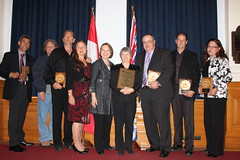
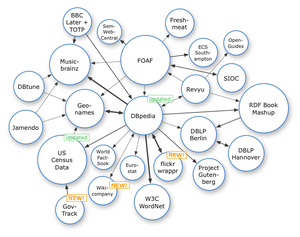
 Government Led, Community Reliant. Building off the issues with interdependencies, we also have a mismatch occurring in that initiatives are often government led, but effective responses to disasters are extraordinarily community reliant.
Government Led, Community Reliant. Building off the issues with interdependencies, we also have a mismatch occurring in that initiatives are often government led, but effective responses to disasters are extraordinarily community reliant.  The biggest thing driving me to pursue a PhD is the intellectual curiosity I have, especially with so many unique and amazing things taking place in the industry. Social media has taken the industry by storm and technology is changing the way disasters are managed. As a result, there are so many unanswered questions, especially empirically.
The biggest thing driving me to pursue a PhD is the intellectual curiosity I have, especially with so many unique and amazing things taking place in the industry. Social media has taken the industry by storm and technology is changing the way disasters are managed. As a result, there are so many unanswered questions, especially empirically. 